Description
What is Victorian Wallpaper?
The simple answer is; Wallpaper that was used during the reign of Queen Victoria.
It is so named for the period in which it became popular.
Because it became popular during the reign of England’s Queen Victoria.
People in Victorian homes or houses made walls of plaster.
Homeowners typically covered the walls with wallpaper.
Wallpaper of those days was designed featuring large patterns of flowers, birds, or feathers.
Victoria was Queen of the United Kingdom of Great Britain and Ireland from 20 June 1837 until her death.
On 1 May 1876, she adopted the additional title of Empress of India.
Known as the Victorian era, she ruled for 63 years and seven months. She ruled longer than any of her predecessors.
Homeowners often decorated houses on the outside with gingerbread scroll-work on their eaves.
And the wood inside the house followed the same premise. The ornate decoration was in.
Plain was out. The same with wallpaper, plain wallpaper was out.
Victorian wallpaper is of the Victorian Era Decorative Arts period.
It is often made in elaborate floral patterns.
Using primary colors (red, blue, and yellow) overprinted with colors of cream and tan.
William Morris and Victorian Wallpaper Designs
We regard William Morris as the father of modern interior design.

He prolifically designed Victorian wallpaper and Victorian ceiling patterns.
Visit Wallpaper Wallpaper Kenya for a good collection of these historic and classic designs.

During his career, William Morris produced over 50 wallpapers designs.
These Victorian designs adopted a naturalistic pattern that was new and radical.
His wallpaper designs relied on his well-practiced and close observation of nature.
If you observe closely, you will find that his designs are centered on plant-based forms.
Either expressed in a luxuriantly naturalistic style or one that is flatter and more formalized (e.g. ‘Sunflower‘ or ‘St James’s Ceiling‘).
But Morris’s Victorian wallpaper designs were always subtle, stylized evocations of natural forms.
As opposed to geometrical shapes.
Reproduction of Victorian patterns & murals
Almost all of our Victorian wallpaper and murals are custom-made or reproductions.
But you will be lucky to find a few regular preprinted designs.
However, many advantages come with custom-made wallpaper. Custom wallpapers on silk fabric are leaders in wear resistance.
Such wallpaper can stay on the walls for a lifetime and far beyond, retaining the original color and freshness even during wet cleaning.
But the biggest benefit is that you will be able to choose the exact Victorian wallpaper design you want.
For the living room
The living room is not advised to use black or white wallpaper.
With a sufficient level of lighting, you need to choose wallpaper in cold shades – blue, green, or blue.
For the bedroom
For the bedroom, it is recommended choose wallpaper in muted soft shades, for example, light blue or light green.
These tones help you relieve tension and calm down.
For kitchen
For such a room, you should use wallpaper with a small Victorian pattern or with a light shade.
Wallpaper for the kitchen should not fade, be easy to clean, not absorb odors and be moisture resistant. In this case, custom silk fabric wallpaper will be the best solution.
In the corridor and hallway
For corridors, you can use wallpaper in bright colors. They can visually enlarge the space and make it brighter.
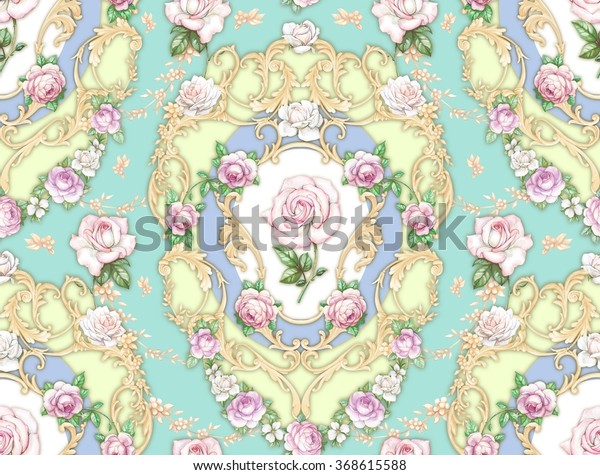
The walls in the hallway get dirty quite often, so washing vinyl wallpaper is the best solution. When choosing a pattern, consider the size of the room.
embossed wallpaper
red wallpaper
Blue wallpaper
Dark wallpaper
pink wallpaper
black and white wallpaper
rose wallpaper
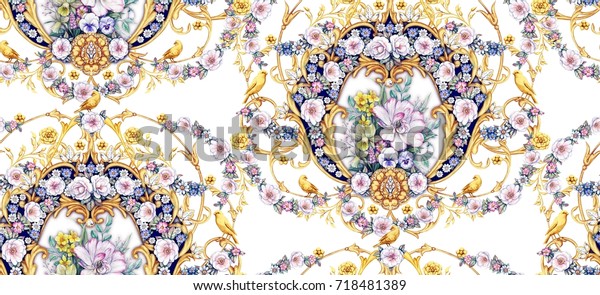
Golden Victorian age
This period from 1837 to 1901 was a time of transformation in Victorian wallpaper and Victorian decorative arts.
Which was vibrant and produced not just one style, but many.

Historical revivals, an anti-industrial return to nature, futurism, and oriental exoticism coexisted in the public imagination.
19th century
Advances came with Louis Robert, in France in 1798.
And later with Fourdrinier, who patented a machine that could make a wallpaper of any length in 1807.
By 1830 this great invention could already be used by other manufacturers.
Another great advance took place in 1839 with the patent for a machine capable of printing in 4 colors. And manufacturing 400 rolls per day. In 1839 anilines were discovered, which increased the variety of available colors. And also made their manufacturing price cheaper.
In Victorian times, arsenic was used in its manufacture, which caused health problems. Starting in 1870, many manufacturers began to make their paper free of arsenic.
As for the designs, at this time they were inspired by textiles, architecture, landscapes, and flowers. Artists such as William Morris contributed their artistic granite to wallpaper.
The introduction of friezes in rooms also made wallpaper evolve. In 1870 perfectly washable full-color wallpapers were created that were widely used in bathrooms and kitchens.
20th century
It was in the 20th century when the wallpaper was established as one more element of home decoration, not only suitable for the aristocracy.
Wallpaper, as you can see, is a product with a long history. Its use began to decline, but it regained its popularity in the 1950s, 60s, and 70s.
After this period of splendor, in the 1980s it declined again. It took 30 years for it to come back into trend and once again acquire its place as a covering in homes.


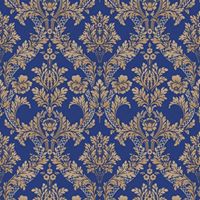
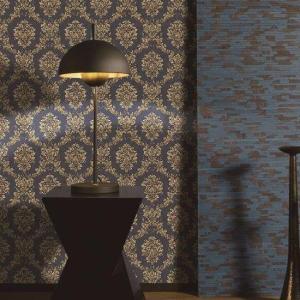
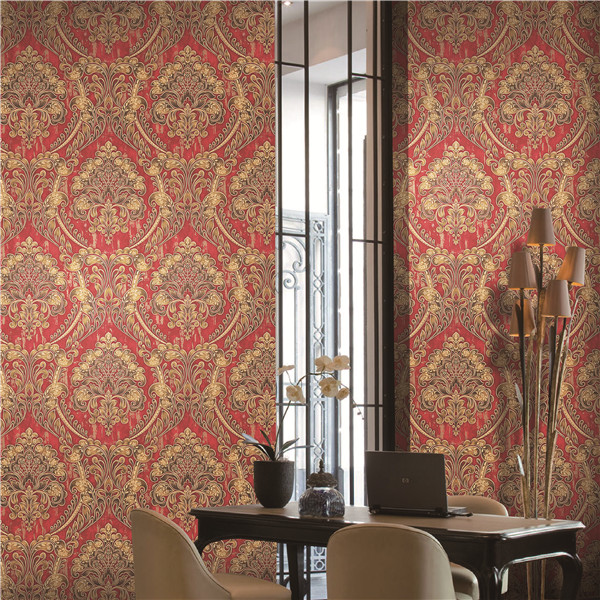
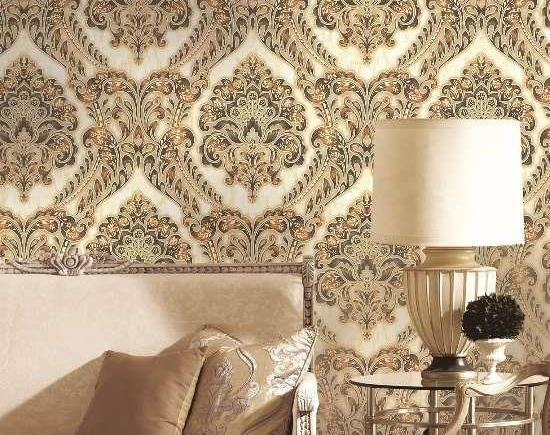


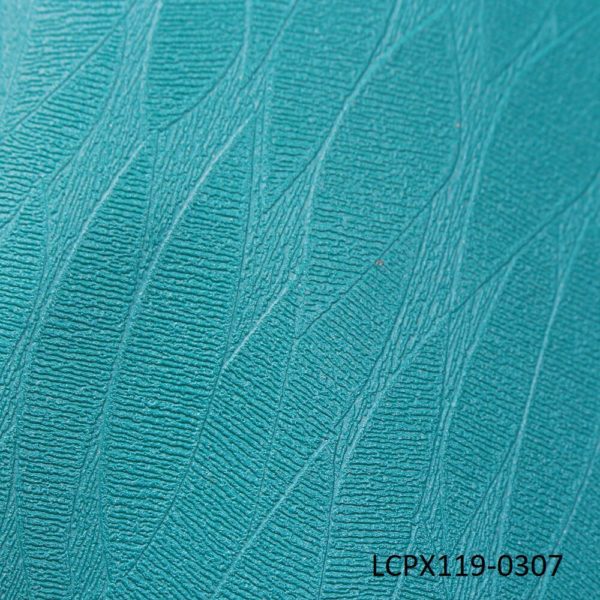
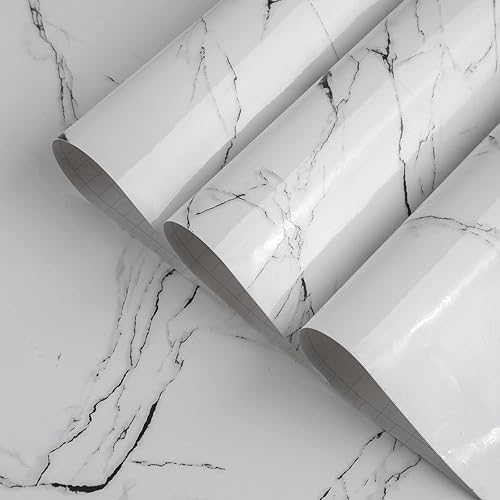

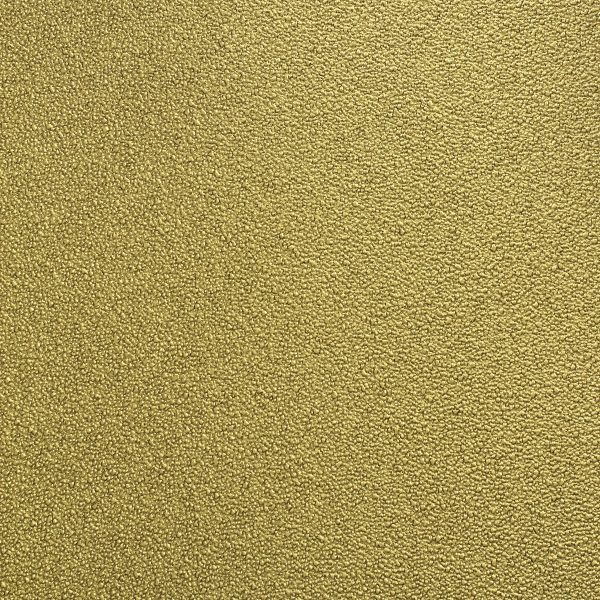
Reviews
There are no reviews yet.